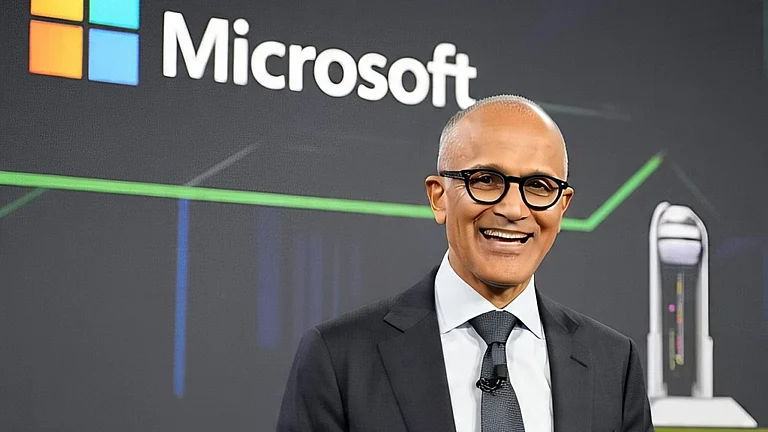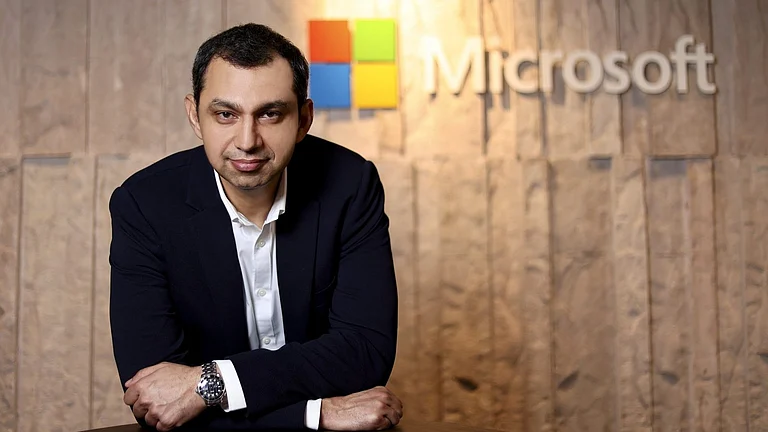The artificial intelligence (AI) industry is facing a new wave of intrigue across the world; thanks to DeepSeek, a Chinese start-up that has developed open-source R1 reasoning model. As the development gains traction leaving behind the US tech giants like Nvidia, Microsoft CEO Satya Nadella highlighted a concept called ‘Jevons paradox’ which he believes AI industry will follow ahead.
He suggested that as AI becomes more accessible, the industry will witness its usage skyrocketing; this is what Jevons paradox defines. In a post on X (formerly Twitter), Nadella said, “Jevons paradox strikes again! As AI gets more efficient and accessible, we will see its use skyrocket, turning into a commodity we just can’t get enough of.”
What Is Jevons Paradox?
William Stanley Jevons, a 19th century English economist, introduced an economic principle which states that reducing the cost of using fuel doesn’t decrease demand for it, instead gives it a rise. For instance, more fuel-efficient cars may encourage more driving which will not significantly impact overall fuel consumption.
“It is wholly a confusion of ideas to suppose that the economical use of fuel is equivalent to a diminished consumption. The very contrary is the truth,” Jevons wrote in his book ‘The Coal Question’.
In his 1865 theory, Jevons described the concept with the help of historical development of engine technology. He attributed the increased UK’s coal consumption to technological innovations, particularly to James Watt’s 1776 invention of the steam engine. Similarly, other innovations like improved methods for smelting iron broadened the usage and increased energy consumption.
“Whatever, therefore, conduces to increase the efficiency of coal, and to dimish the cost of its use, directly tends to augment the value of the steam-engine, and to enlarge the field of its operations,” he said, while rejecting logics saying coal taxes or export restrictions may reduce consumption.
Citing another example, Jevons stated that if some technological advance made it possible for a blast furnace to produce iron with less coal, then profits would rise, new investment in iron production would be attracted, and the price of iron would fall, at the end, stimulating additional demand.
This is what Nadella explained in the language of technology and artificial intelligence.
How DeepSeek Defines Jevons Paradox?
The Chinese start-up claims that DeepSeek has created an AI model with capabilities equivalent to America’s tech giants like Microsoft-backed OpenAI. The most interesting part about DeepSeek’s latest AI model is the low cost associated with building R1 as compared to the amount other tech giants like Meta and OpenAI have spent on developing their AI models.
DeepSeek used older, cheaper Nvidia H800 GPUs. On the other hand, AI companies in the USA generally use powerful and expensive Nvidia H100 GPUs. It’s worth mentioning that Chinese companies like DeepSeek couldn’t access the best AI chips like Nvidia’s due to US export restrictions. As a result, DeepSeek’s engineers had to create smarter, more energy-efficient algorithms to make up for the lower computing power they had.
Hence, the start-up claims to have created its low-cost model in just two months with less than $6 million, showing a huge contrast to $100 million spent by OpenAI on training its GPT-4 model. This low-cost model has caught the attention of the tech world, with DeepSeek R1 becoming the top free downloaded app on Apple’s app store. This enormous difference in cost and the rapid popularity of R1 reflects that efficiency was ties to lower cost processing chips.
Morgan Stanley analysts reportedly pointed out at various indications the Jevons paradox applies to the cost of compute in AI applications which means the lower cost may attract more companies or start-ups in the tech ecosystem. But the questions remains --- how will the industry adapt to this increasing demand in the wake of paradoxical phenomenon.






























